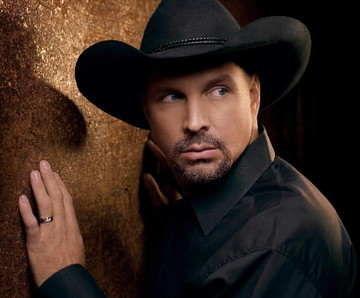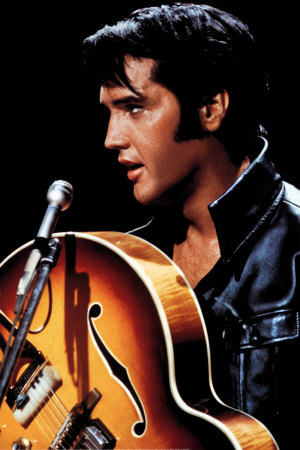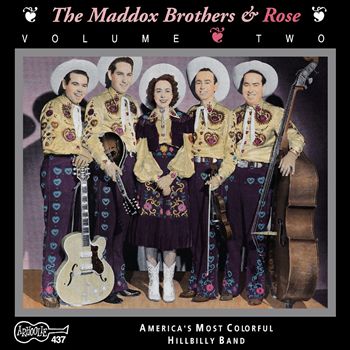 While many different music genres appeal to specific audiences and groups of people, country music stands out as the only one that transcends gender, age, race, social status and every demographic in the country. That is why there really is no strict definition of country music because it means different things to different folk. But, to prove its universal appeal, the two top selling artists in the world were produced by country music: Elvis Presley, known early in his career as the “Hillbilly Cat”, has 129.5 million albums to his credit followed by Garth Brooks with 128 million. Every week, almost 80 million adults listen to country music, and US album sales of country music continue to increase whereas those of the other genres are steadily dropping.
While many different music genres appeal to specific audiences and groups of people, country music stands out as the only one that transcends gender, age, race, social status and every demographic in the country. That is why there really is no strict definition of country music because it means different things to different folk. But, to prove its universal appeal, the two top selling artists in the world were produced by country music: Elvis Presley, known early in his career as the “Hillbilly Cat”, has 129.5 million albums to his credit followed by Garth Brooks with 128 million. Every week, almost 80 million adults listen to country music, and US album sales of country music continue to increase whereas those of the other genres are steadily dropping.
 The origins of country music run deep, both in time and in people's minds. In the United States, the melting pot of many cultures, country music developed from immigrants who brought along their musical instruments and their songs and interacted with each other to produce what is now broadly called country music.
The origins of country music run deep, both in time and in people's minds. In the United States, the melting pot of many cultures, country music developed from immigrants who brought along their musical instruments and their songs and interacted with each other to produce what is now broadly called country music.
One of the characteristics that makes country music so popular is its flexibility and adaptability to different formats, giving musicians, singers and songwriters a broad spectrum on which to express their art. The non-rigidity of country music accepts the sad and melancholy as well as the bright and bouncy. It can be fast, slow, quiet, loud, sung alone or in a group, in a concert hall or in a pub. The history of country music shows that not one single style has dominated for a very long time before another one, slightly or very different, entered the scene.
There was hillbilly or “okie” boogie as early as 1939 which contributed to the development of Rockabilly later on. The end of World War II saw the emergence of bluegrass and gospel music, and from Texas came honky tonk. Rockabilly, a mixture of rock n' roll and hillbilly music became the most popular form in the 1950's prompting Elvis Presley to go over to country music. Then, the Nashville pop style blended with country music to evolve into the countrypolitan style, opening country music to a wider, mainstream audience.

It then became the turn of soul to blend in with country music followed by the Bakersfield sound, mixing hardcore honky tonk with Western swing where electric instruments and amplification came to the forefront. This precipitated a backlash of sorts giving rise to the closer-to-traditional form called country rock. Other sub-genres emerged in the succeeding years, among them outlaw country, country pop, neocountry, truck driving country, neotraditionalist and alternative country. Each of these developments did not always slip in smoothly. Proponents of the neotraditionalist movement, pushing for a return to a more basic sound, eschewed the polished sound of country pop, a controversy ignited when Australian pop singer Olivia Newton-John won the CMA Award for Female Vocalist of the Year in 1974.

Perhaps, even these controversies underscore the nature of country music as a genre to which everyone lays claim and considers his own.

 Subscribe to RSS Feed
Subscribe to RSS Feed